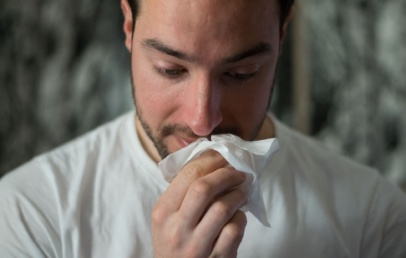
Skin Warnings Your Freckles Are Hiding
The days are getting longer and the sun is growing stronger. Many of us are digging out swimsuits and heading to beaches, pools, and parks. But along with all that summer fun comes increased sun exposure—and with it, a rise in those tiny, familiar specks: freckles. But how do you know if a freckle is just a harmless sun-kissed spot or something that warrants a closer look?
Let’s break it down—what freckles are, and what they might be trying to tell you about your skin health.
What Exactly Are Freckles?
In dermatology, freckles are called ephelides—small, flat, light brown spots that appear on sun-exposed skin. They’re usually less than 3 millimeters in diameter and most commonly show up on the face, arms, and shoulders.
Freckles often develop in childhood and may fade with age. Genetics play a role—if your parents freckle easily, chances are you will too. They tend to darken in the summer and lighten in winter as sun exposure decreases. While freckles themselves aren’t dangerous, they are a sign that your skin is more vulnerable to UV damage—which increases your risk for skin cancer.
Freckles vs. Their Look-Alikes: When to Be Cautious
It’s easy to confuse freckles with other pigmented spots—and that’s where things can get risky. Some people may dismiss early warning signs of skin issues as “just freckles.”
Dermatologists warn that spots like lentigines—which look similar to freckles—are not the same. Lentigines are benign but don’t fade with the seasons like freckles do. And while they’re usually harmless, they can sometimes be mistaken for more serious conditions.
Melanoma and other skin cancers can resemble innocent freckles. That’s why it’s crucial to monitor any changes closely.
Monitor the Signs of Something More
Freckles and sunspots can occasionally signal something more serious, like precancerous lesions or melanoma. Awareness is key. According to the American Academy of Dermatology (AAD), it’s recommended to perform a self-exam once a month and look for spots that meet the ABCDE criteria:
Remember the ABCDE Rule
- A – Asymmetry: One half doesn’t match the other.
- B – Border: Edges are irregular, scalloped, or blurred.
- C – Color: Includes multiple shades—tan, brown, black, red, white, or blue.
- D – Diameter: Larger than 6mm (about the size of a pencil eraser).
- E – Evolving: Changes in size, color, shape, or symptoms like itching or bleeding.
Another red flag is the “Ugly Duckling Sign”—if one spot looks noticeably different from all the others, get it checked out.
Why Freckles Require Skin Cancer Awareness
Freckles themselves aren’t harmful or cancerous. However, having many freckles—or very fair skin—can increase your risk for skin cancers like basal cell carcinoma, squamous cell carcinoma, and melanoma. A history of frequent sunburns, especially in childhood, also increases the risk.
That’s why sun protection and regular skin checks are crucial—no matter your skin tone.
How to Protect Your Skin in the Sun
Sun-related skin damage is largely preventable. Here are some practical tips:
- Apply a broad-spectrum sunscreen (SPF 30 or higher) daily.
- Reapply every two hours and after swimming or sweating.
- Wear protective gear—wide-brimmed hats, sunglasses, and UPF clothing.
- Avoid peak sun hours (10 AM to 4 PM) when UV rays are strongest.
- Do monthly self-exams and schedule full-body skin checks annually—or more often if you’re high-risk.
If you’re tech-savvy, try using a skin monitoring app to track changes and consult with online dermatologists.
Wrapping Up
Freckles may be part of your skin’s unique beauty, but they also serve as reminders of how your skin responds to the sun. Staying alert to changes, protecting your skin, and seeking early evaluation can make a life-saving difference.
So next time you’re planning a sun-soaked day, pay attention to your skin. If you notice something new, odd, or changing—don’t delay. Book that appointment with your dermatologist.




